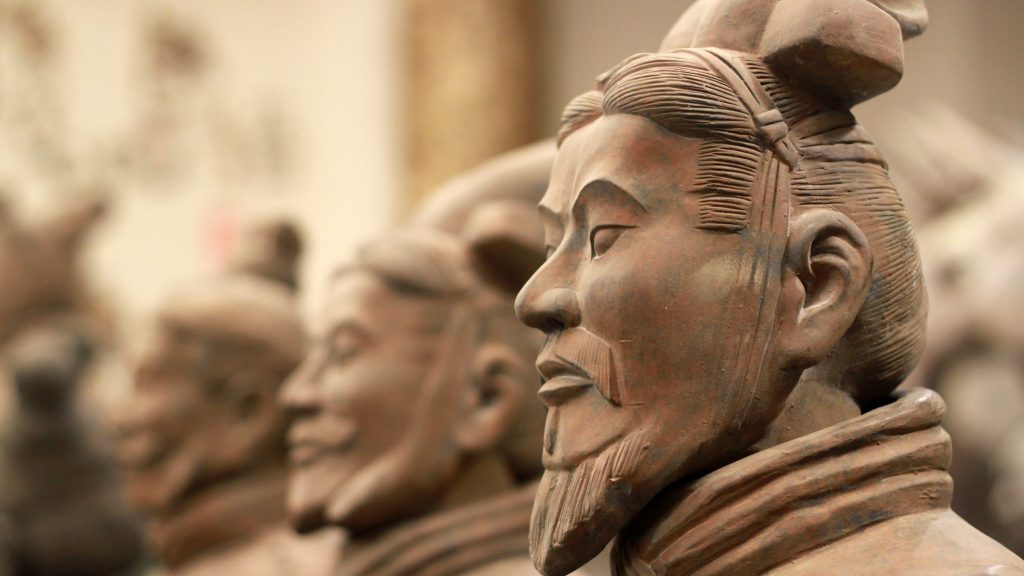
What was celebrated on October 23, between 6.02 a.m. and 6.02 p.m., was one of the most important units in chemistry. The Avogadro constant is the number of constituent particles, typically atoms or molecules, which are contained per mole of a substance; 6.02 x 1023 (which also approximates to the number of nucleons in one gramme of ordinary matter). This relationship was discovered by Amedeo Avogadro (1776-1856), and Mole Day was founded in 1991 to foster interest in chemistry; the date and time being derived from Avogadro’s constant.
Not being a chemist, what Mole Day always brings to mind is a creature with an inability to detect colour; seeing just movement and shades of grey. It seems an appropriate description of the information coming from Beijing.
Things might improve, however, as we are about to hear from China’s Central Committee, which is the largest of the ruling Communist Party’s decision-making bodies. The Committee is elected every five years by the National Congress, and the current Committee (the 19th) was elected in 2017. Its sixth plenum session, which will focus on Party history and achievements, will take place on November 8-11.
The Committee’s plenary sessions have occurred almost annually since China settled down following the death of Mao Zedong (1893-1976). Some 200 members spend a few days in secret discussions before the key outcomes are released.
This meeting is particularly important because it is the last full-scale party gathering before next year’s National Congress. At that meeting, Xi Jinping will be seeking a third term as the party’s General Secretary and President of the People’s Republic (his two predecessors both served only two terms).
China analysts will be looking at the tone of the meeting, rather than the content (which will include declarations on climate change and economic development). The Central Committee will give the impression that everything is under control but outsiders will be hoping for clarity concerning the recent crackdown on some of the country’s hi-tech companies and best known entrepreneurs.
Growth in the Middle Kingdom
Of particular importance to miners will be economic growth in Zhongguo (the Chinese name for China). The term, which means Middle Kingdom, dates from 3,000 years ago when it described the Chou Empire centred on the Yellow River. The Chou people, unaware of civilisations in the West, believed their empire occupied the middle of the earth, surrounded by barbarians. Nowadays it refers to all territories claimed by the People’s Republic of China, including mainland China, Hong Kong, Macau and Taiwan.
China’s economic growth in the September quarter slowed to 4.9% year on year, which was slightly below expectations, compared with 7.9% in the second quarter. This was the slowest pace since last year’s third quarter, and contrasted with the 18.3% jump in the first quarter.
By sectors, the first three quarters saw a year-on-year growth of 7.4% in the added value of the primary sector, growth of 10.6% in secondary industry and growth of 9.5% in the tertiary sector. Industrial production in the first three quarters included a 20.1% growth in hi-tech manufacturing, and a 172.5% surge in the production of ‘new-energy’ automobiles (plug-in electric vehicles eligible for public subsidies). Worryingly, industrial production growth in September slumped to 3.1% year on year, which was the slowest growth since March 2020.
Interestingly, rather than monitoring industrial production, the Premier of China’s State Council, Li Keqiang, is reported to prefer using a range of indirect indicators of economic activity. In response, The Economist created the Li Keqiang Index (which measures railway freight traffic, electricity consumption and bank loans) to provide a better picture of China’s economy than official GDP statistics.)
The index has fallen for most of this year, dropping from almost 18 in February to below 11 in August, having soared for much of last year (from a low of 2.1 in April 2020). The index was in a relatively steady range between 7.5 and 12.5 for the previous three years.
When he opened the 130th Canton Trade Fair which is taking place in Guangzhou between October 15 and November 3, Premier Li said China has “adequate tools” to tackle the economic challenges facing the country, including the nation’s current power crisis and high commodity prices. He added that although economic growth has slowed in the third quarter, the government is confident China could meet this year’s growth target of above 6%.
So, are you comforted by prospects for the Chinese economy and short-term metals consumption? It is a hard call as, mole-like, we see only shades of grey from Beijing.
(This article first appeared in The Northern Miner)




